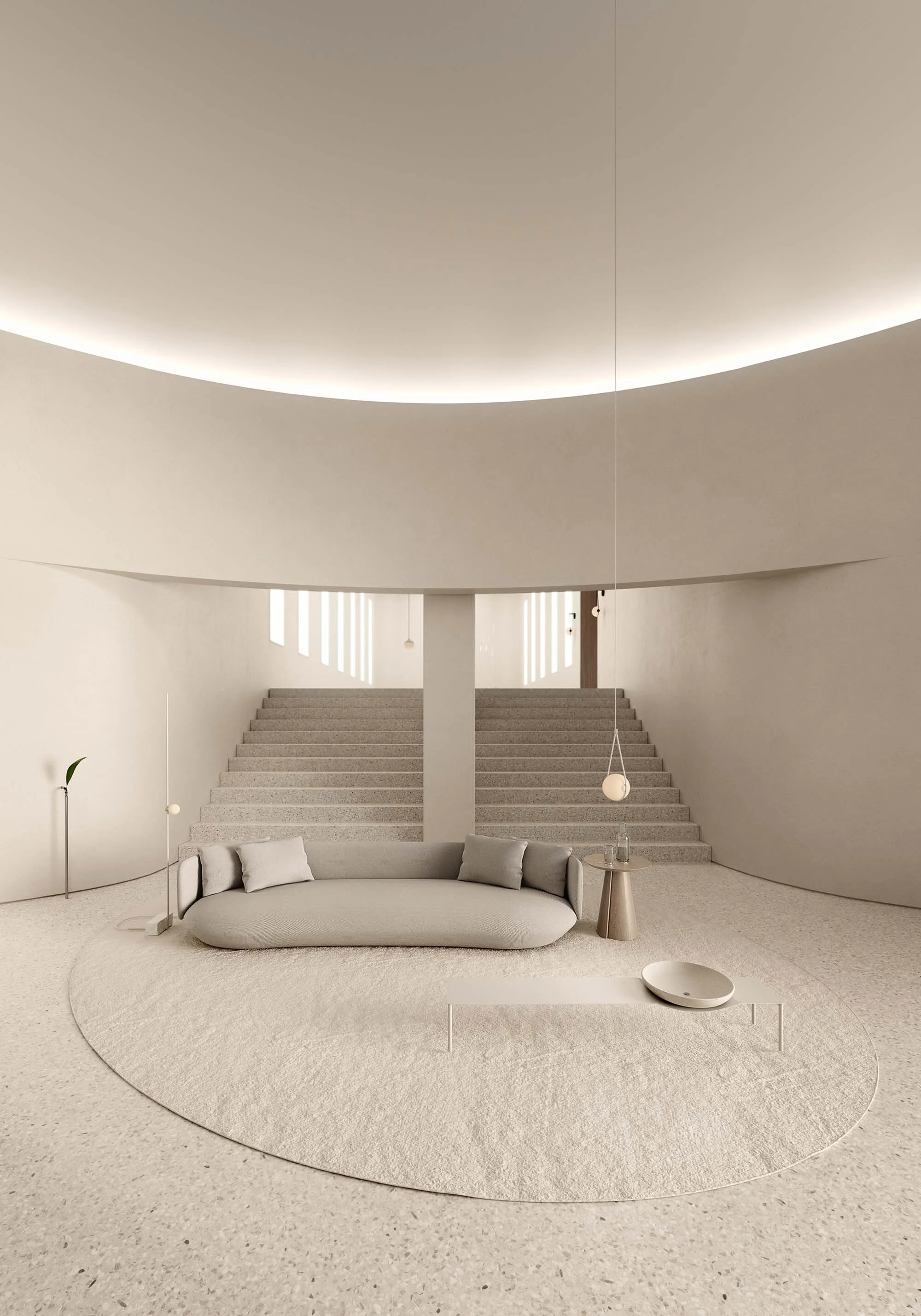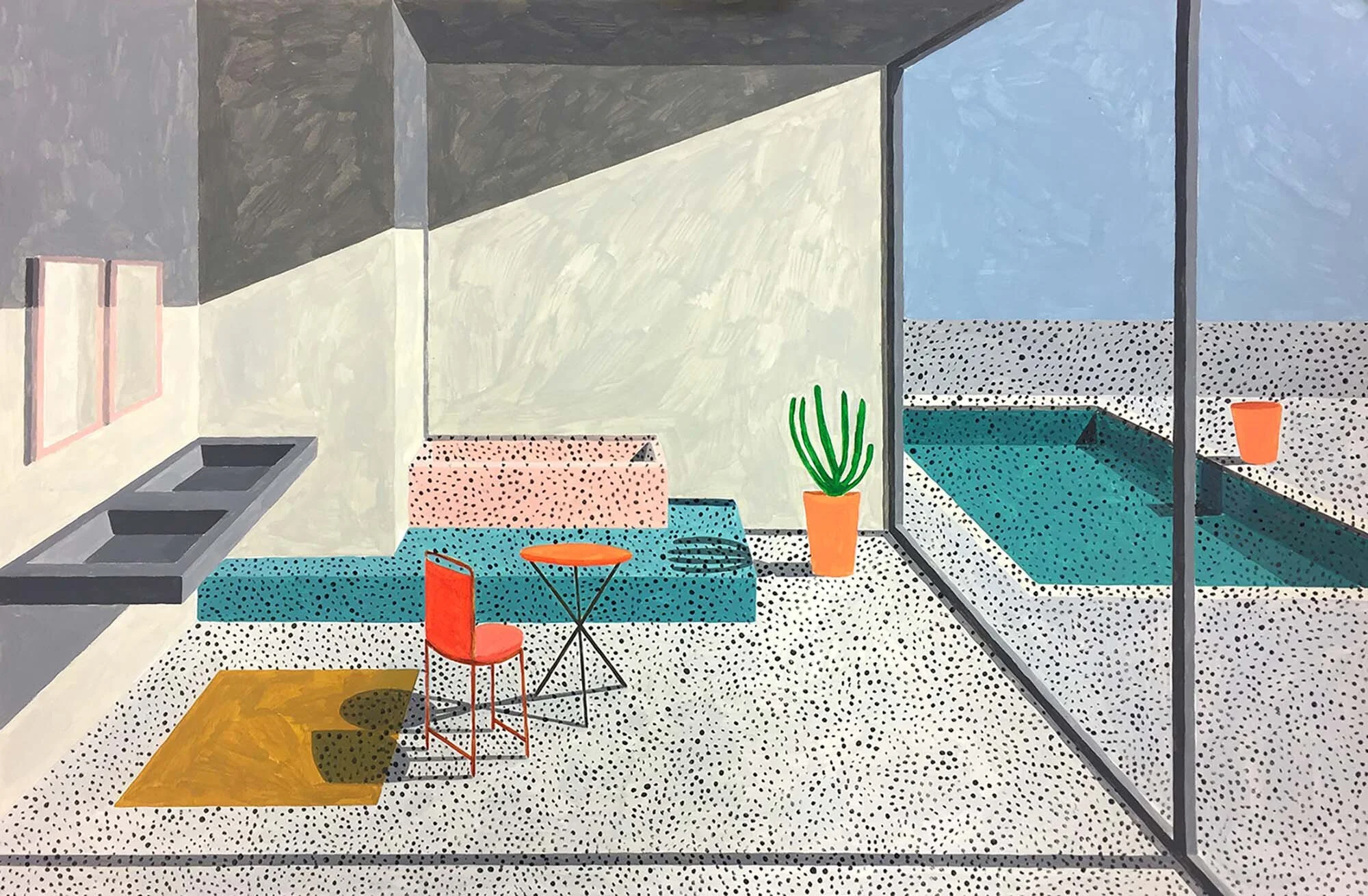Exploring the Parallels and Juxtaposition Between Form and Function
Exploring the Parallels and Juxtaposition Between Form and Function
How Ross Gardam Reveals the Beauty in Everyday Home Design
Name:
Ross Gardam
Photography:
Courtesy of Ross Gardam
Words:
Marissa Stempien
When we walk into a room and flip on a light, we don’t often think about the design, the structure, the cast upon the room—but Ross Gardam thinks about it. With a passion for the juxtaposition between the functionality and beauty of our everyday products, Ross Gardam’s eponymous studio creates pieces that find a balance of both use and aesthetic in a way that informs their level of expertise and their artistry. Here, they note that “every product is informed by a deep fascination in the layered experiences that exists between object and self”—the understanding between form and function.
In addition to this deeper understanding, Ross and his team of designers, engineers, and makers, work from start to finish composing these masterpieces of beauty and function in lighting, furniture, and objet d'art. Each piece is hand-crafted in Melbourne, Australia, using local, sustainable materials and an ethical Australian manufacturing process. Add to it that all of their lighting products utilize the most contemporary energy-efficient technologies and the upholstered products carry an EcoSpecifier™ certification, and you have a studio that not only cares about the design and functionality of each piece in your home but the understanding of its place in the world. Here, Ross tells us about this close-held passion and artistry.
Visual Pleasure Magazine: Can you tell me a little about your background and how you started designing lighting and furniture?
Ross Gardam: Design was around me from an early age, my father is an engineer and mother, a school teacher, and my childhood was spent tinkering. I studied Industrial Design at Monash University in Melbourne, Australia, where design thinking and process became second nature. Graduating in 2000, I started work in Melbourne and then some time in London in various design roles. In 2007, I moved back home to Melbourne and decided to start my practice. Furniture and lighting were always a passion but a challenging career in the micro-industry in Australia.
Where does your inspiration come from? How do you execute it in your pieces?
Inspiration comes from many places, natural form, materials, processes, both machine-led and craft driven. I have a fascination with how people move and interact through space, along with the rituals that develop through repetitive use.
Your designs touch on minimalism, but always seem to have an expected or slight eccentric element—how do you walk the line between that trend of minimalism and making it your own?
I don’t typically think too much about how the work as a whole will be categorized, I am more focused on individual pieces. I do believe there is an overarching design sensibility through the ranges though, and I have been fortunate that this has developed naturally and is not something that I have had to labor over too much. I am walking the line of what I believe is the right amount of “design content,” and I think this is a very personal judgment.
Your brand creates “Experiential Objects that Elicit Joy & Defy Convention.” How do you focus on bringing people joy through your creative process?
I am interested in how people interact with objects, and the emotional connection people develop with products. How the design of both functional and non-functional elements within an object can shape people’s everyday lives, even if that is only a small moment in time. Typically, we create functional items, however, I strive to include an element of surprise within the product, something that allows you to stop and smile. The Ora desk lamp is a nice example of this; as a product, it’s perhaps stark in its mono-material and color, however when you tilt and orbit the shade, it takes the product into a different place.
Your lighting seems more artistic—sculptural in nature. Do you see this as a more creative outlet for your art or do you find it equally in furniture and lighting?
I think that’s a fair observation, I feel I have a little more scope for experimentation with lighting as it does, in most cases, have less functional requirements by the user. I do enjoy working on both, and they bring their own design and manufacturing challenges.
Do you go into designing your light and furniture in similar ways or do you approach them independent of one another?
Each piece is created in the same way, we have a formal process we go through to bring products to market. I have a studio team of nine that contains four other industrial designers. I work with each of them to develop products; typically, each designer is juggling two to three products. Although the archetypes are quite different, we follow all the same steps for a desk lamp to a lounge.
You use locally-sourced materials for your pieces, was this intentionally done from an eco-friendly standpoint or to generate the best materials for your designs?
Early in my practice, I started designing pieces that had singular processes of manufacture and were sourced locally. Things developed from there, and now I not only have strong relationships locally, but I enjoy the day-to-day of sourcing locally. It keeps me closer to processes which are always inspirational. Being close also allows us to manage productions to ensure each product meets our high-quality standards.
What have been some of your favorite pieces to create?
The Ceto collection is our latest release, and it had the longest development time of any light. Although it was a bit of a journey, I enjoyed the glass blowing experimentation and development of the LED lighting components. The Polar desk lamp will always be a favorite of mine, the initial design was created on yellow trace in minutes, however, the realization of this was a rollercoaster.













